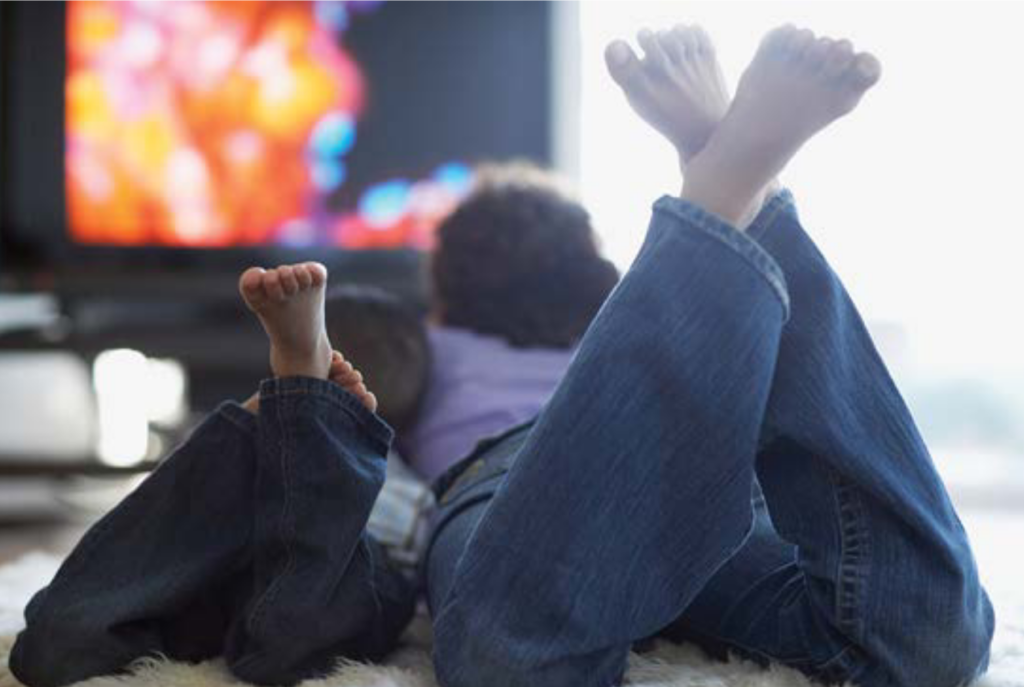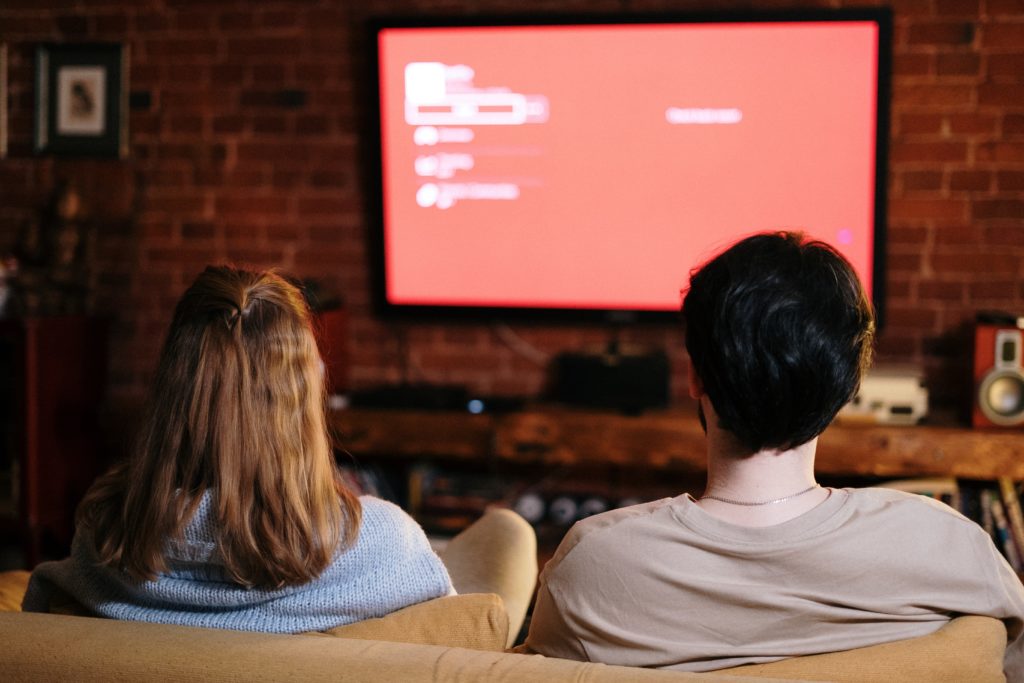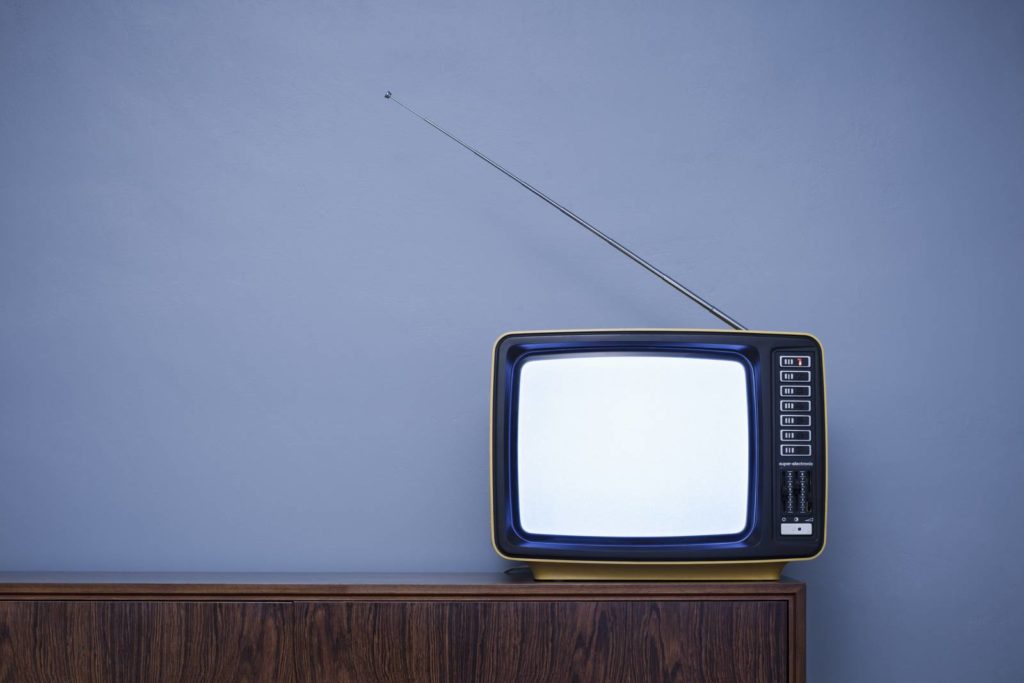M+E Connections

Home Entertainment Viewing Keeps Growing
Story Highlights
Back in 1991, Geoffrey Moore in his book “Crossing the Chasm,” coalesced the idea that it’s a long way between developing/introducing a product/service and getting to the point where it’s mainstream.
Home video entertainment is a perfect example.
Pay TV has been around for what seems like forever, becoming the thing that brought the family together, stimulating such important inventions as the TV tray and TV dinner. TV networks emerged and prospered around the globe, each fighting to acquire more viewers than the next guy so they could charge more for their advertising space.
It was the battle for the eyeballs.
And if you wanted to see it best and have the most entertainment options, you signed up for a ridiculously big cable bundle.
Sure, it was a little expensive, but you had lots of different channels to choose from with thousands of different shows. All you had to do was be home and in front of the screen at just the right time or you missed the show.
It was okay because you could wait until summer when all the channel folks went on holiday to prepare new shows for the fall, and they showed reruns of all the old stuff you missed on purpose.
 It didn’t really matter because you had an endless lineup of video content — game shows of very shape, size, color you can imagine and comedies about families that no one really think exists. If a show was a smash in one country, you can bet one of the networks in another country would franchise and localize it.
It didn’t really matter because you had an endless lineup of video content — game shows of very shape, size, color you can imagine and comedies about families that no one really think exists. If a show was a smash in one country, you can bet one of the networks in another country would franchise and localize it.
Of course, folks have different tastes so, nets and studios would develop blood and mayhem shows; ultra-violent weeklies; murder, gangsters, private eyes, good/bad/marginal cops and then there were the western bad guys, good guys and damsels in distress. Ah yes, and cartoons, lots of cartoons to serve as the kiddies’ babysitter.
If you couldn’t find a movie you liked, no problem; you simply ran over to Blockbuster and picked something to suit your taste. Better yet, subscribe to the little red envelope company and they’d send the DVDs right to your mailbox; and when you were done, you simply mailed the discs back.
What could be better, more convenient?
But still, TV kept people informed about the world around them with news and weather.
The common denominators? Sports and ads.
As TV spread around the globe, the driving desire of cable bundlers and networks was to monetize their viewers as much as possible. At the same time, marketers wanted to reach and influence as many of the right people – those who might buy.
For decades, Nielsen has been the de facto judge on how many people watch a particular program, hence how much the network/show could charge marketers for the “privilege” of renting the airtime during a particular period and/or show.
Obviously, it’s more complicated than that including prime time, 8–11 p.m. when the peak number of people would be in front of their sets. Of course, specific shows with higher viewership also meant higher costs for the ad slot as well as the length of the ad.
In addition, major sporting events (world series, super bowls, golf tournaments and others) also had their own set of high-priced rules.
As the ad slots became more valuable, the amount of time devoted to ads per hour slowly inched up like your monthly cable bill for all the marvelous viewing choices they offered.
If you thought your TV shows were getting shorter, you’re sorta, kinda right. Actually, the time slot hasn’t changed, it’s still an hour (on the average) but networks have gotten creative about how many 15-, 30-, 60-second ads they can squeeze into the hour. It turns out they can “sell” 20 minutes of your viewing time and you’ll hardly miss it.
That kind of money and money directly into the streamers’ pockets is very inviting.
Through it all, pay TV viewership continues to remain strong, despite the industry’s detractors.
Newton Minow, then-newly named FCC chair, struck the industry the hardest back in 1961 when he testified before a Senate subcommittee, saying: “When television is good, nothing — not the theater, not the magazines or newspapers — nothing is better.
“But when television is bad, nothing is worse. I invite each of you to sit down in front of your television set when your station goes on the air and stay there, for a day, without a book, without a magazine, without a newspaper, without a profit and loss sheet or a rating book to distract you. I can assure you that what you will observe is a vast wasteland.”
 It was a wasteland filled with ads that “allowed” folks to watch what the networks decided was best for a specific day and definite timeslot.
It was a wasteland filled with ads that “allowed” folks to watch what the networks decided was best for a specific day and definite timeslot.
In 2007, after seeing how people of all ages flocked to YouTube to watch stuff (2B individuals watching more than 1B videos a month), Reed Hastings and his crew determined they might accomplish two things at once – reach people with ad-free content in the U.S. and around the globe while eliminating a huge bill with the post office. While Amazon followed suit, Netflix made a strong strategic move in 2012 by doing more of its own originals rather than acquiring content from studios.
At the same time, studios began launching their own SVOD services and BAM! the industry went wild with everyone, everywhere producing new content for people who had cut their cable bundle and subscribed to one or more OTT service.
And demand grew modestly until about 2019 when folks suddenly had more time at home and wanted good stuff to watch.
“Almost” overnight, networks and studios began launching their own VOD services including Apple, Disney, Warner, Paramount, Peacock, BBC, Canal, iQiyi, Tencent, Hotspot and hundreds of new streaming services everywhere.
Each were touting the fact that they were stripping content and subscribers from cable services and producing dramatic growth with new consumers in every corner of the globe.
And they were … sorta, kinda.
According to Strategy Analytics, the 20 leading global VOD services reached more than 850M; and they project that the industry has a lot of headroom for growth to reach an estimated 1.5B by 2026.
The rapid and continued growth of home entertainment has shown no sign of flagging, creating new opportunities for filmmakers across the board and around the globe to develop new content for general and target market consumers.
New shows – comedies, sci-fi, horror, fantasy, docuseries, dramas, reality, contests – for Gen Zs, millennials, boomers and boomers plus are continually in demand. What is even more important for content creators is that their work is not bound by country borders or a specific entertainment channel.
Indian works by Shah Rukn, Allu Arjun, Priyanka Chopra and others have found followers around the globe. Spanish thrillers like “La Casa de Papal”; German titles like “Dark”; South Korean titles like “Kingdom” and “Squid Squad;” Japanese titles like “Midnight Diner” and “Ghost in a Shell,” and content projects from around the globe are finding opportunities to reach a totally new, interested audience — regardless of their origin.
 If it’s a video story that entertains folks at home, there’s an opportunity for individuals and organizations to come together profitably and make people laugh, cry, scream and enjoy the story.
If it’s a video story that entertains folks at home, there’s an opportunity for individuals and organizations to come together profitably and make people laugh, cry, scream and enjoy the story.
As for the cable bundle folks, they don’t really care what kind of stuff people want to watch or who’s service they want to sign up for because they’re still the last 100-ft connection to the household TV set and other screens.
They aren’t exactly certain what you want to watch, which makes them a little like Dr. Emmett Brown in “Back to the Future” when he said, “Whatever you’ve got to tell me, I’ll find out through the natural course of time.”
And if you want to get out of the house and enjoy a flick at the movie house periodically, that’s alright with them. They’ll be waiting to deliver new stuff when you’re ready.
Andy Marken [email protected] is an author of more than 700 articles on management, marketing, communications, industry trends in media and entertainment, consumer electronics, software and applications.









